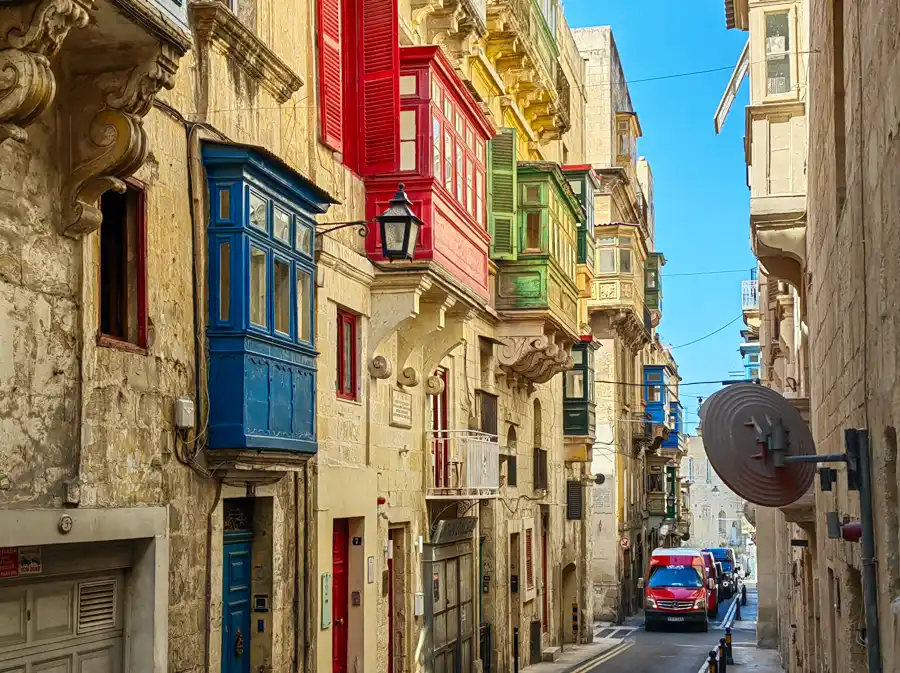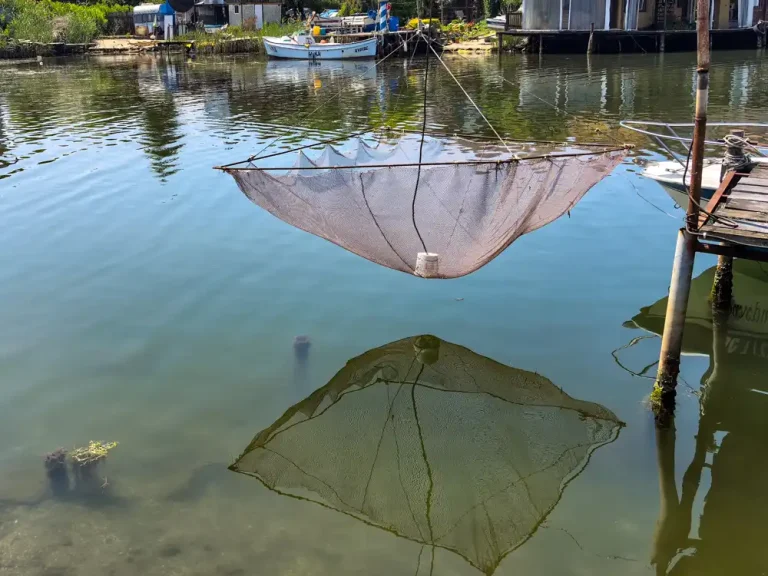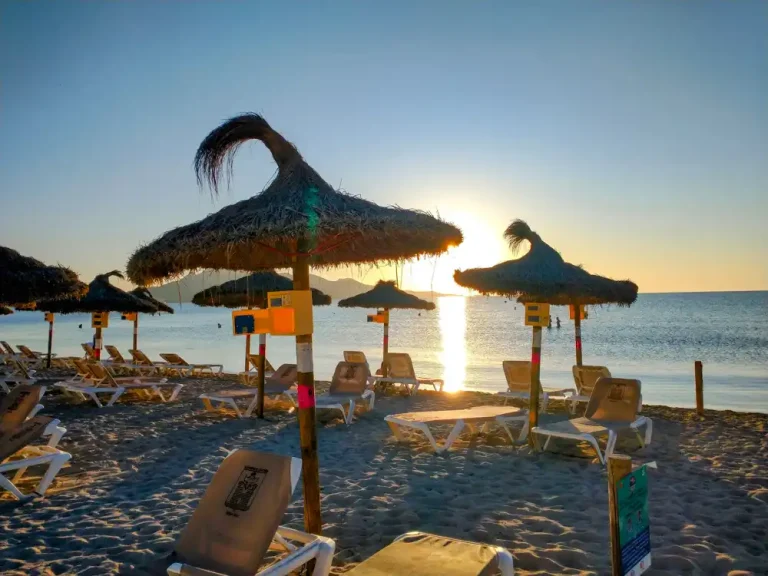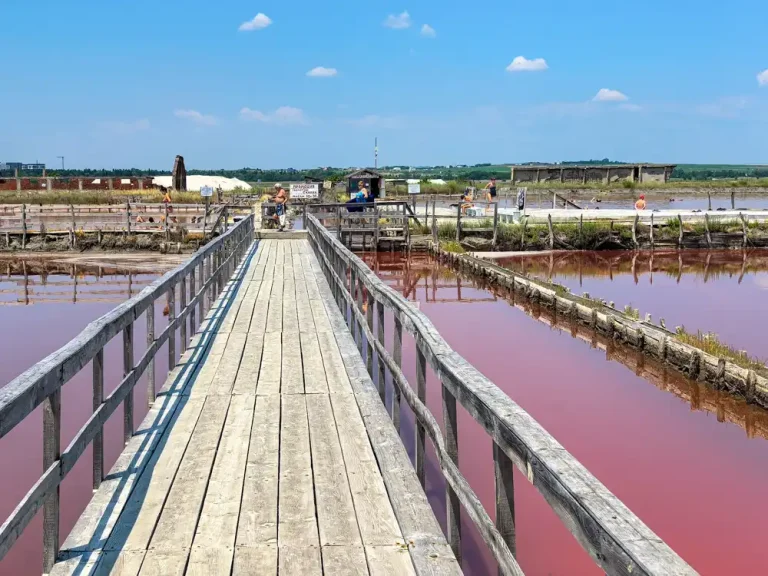Valletta, the pulsating heart of Malta. But Valletta was only sometimes the capital.
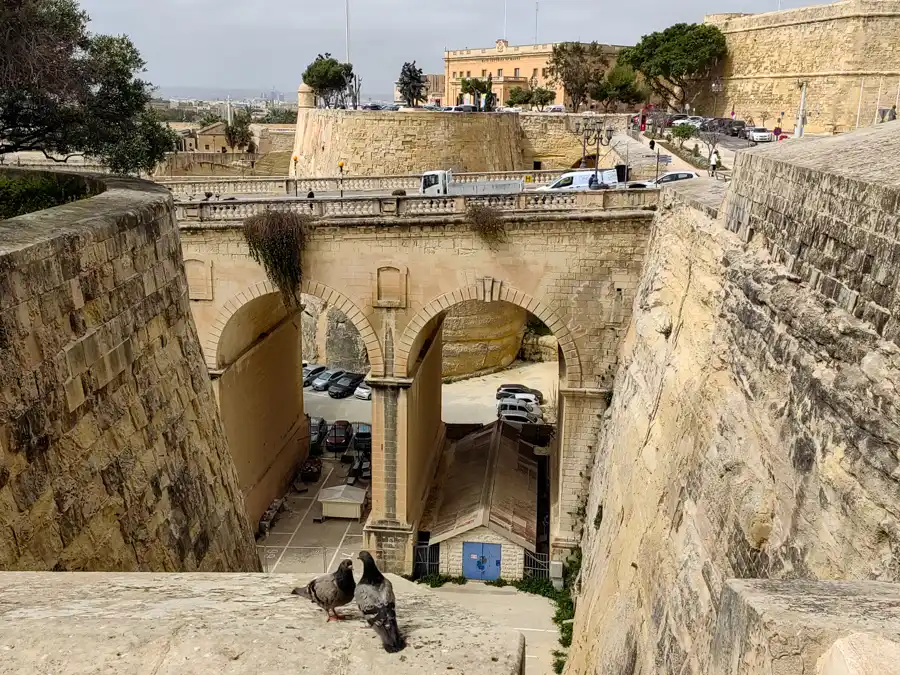
Valletta, what to see
Previously, from ancient times to the Middle Ages, the island’s Capital was Mdina: the Citadel of Rabat. But when the Knights of St John arrived in Malta in 1530, the sailors found that Mdina, which had developed from a Bronze Age settlement on a hill far inland, served them little purpose. They needed a town close to their fleet, so they fortified Birgu and made it the administrative capital of Malta. But it wasn’t enough to defend it.
Eventually, the Knights of St. John founded the city of Valletta after the Great Siege of Malta in 1566, and it was officially declared the capital of Malta on 18 March 1571.
Different by day and night
Studying history is one thing. But Valletta at night still makes you want to take out your camera. The city lights up at night.
Taste the evening Cisk (a local and delicious beer) and eat a Pastizzi stuffed with mushy peas or ricotta to keep you hooked. Beer, pastizzi, beer. Not a futile way to spend time in Valletta at night.
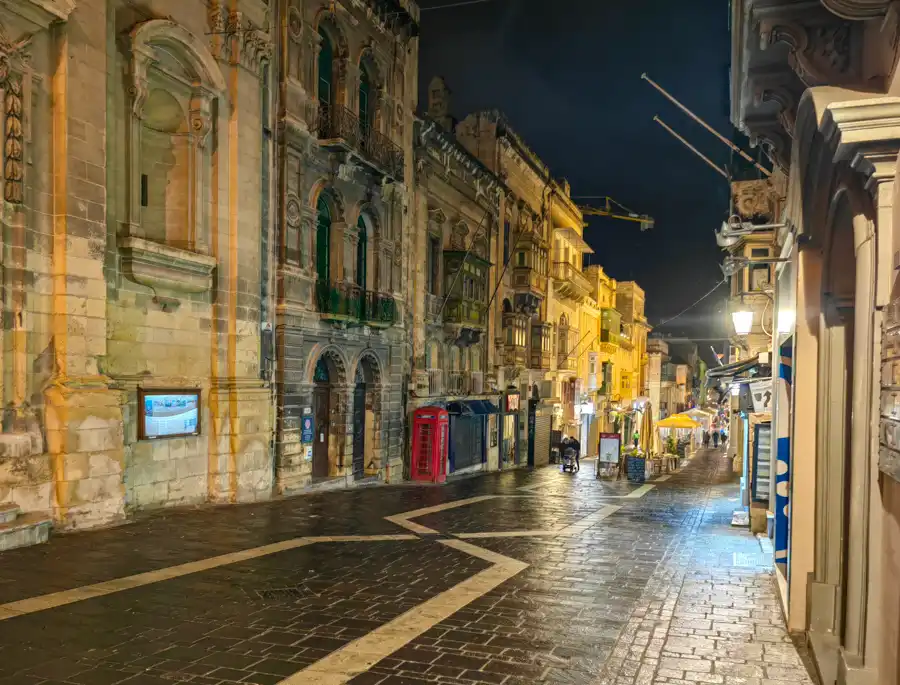
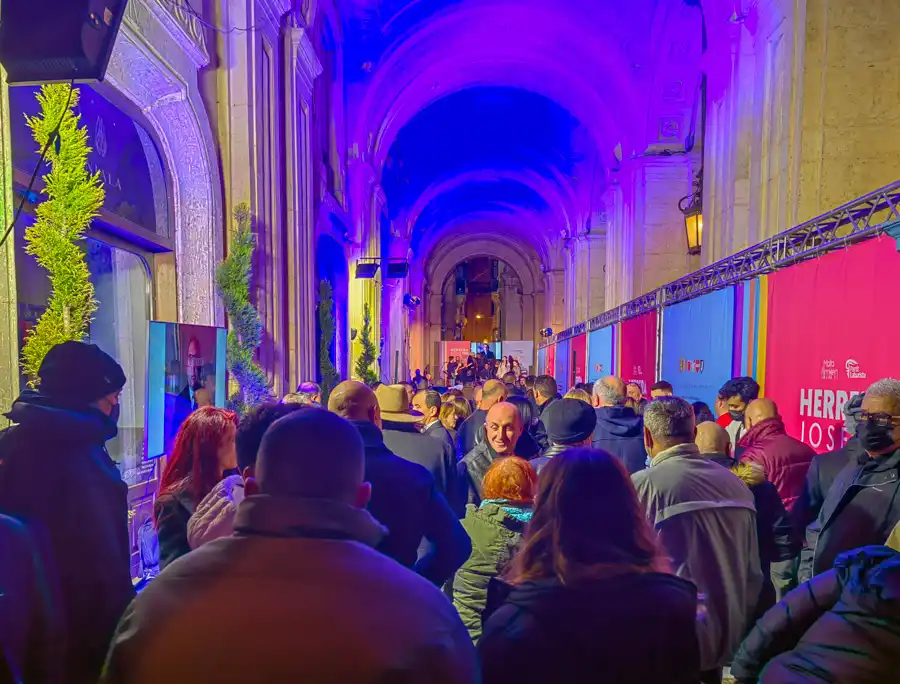


Monumental entrance
The entrance to the very centre of Valletta is monumental. Valletta is today the smallest capital city in Europe.

Historical Valletta
The entire city is now a UNESCO World Heritage Site. In Valletta, you can feel the military and Christian history everywhere.
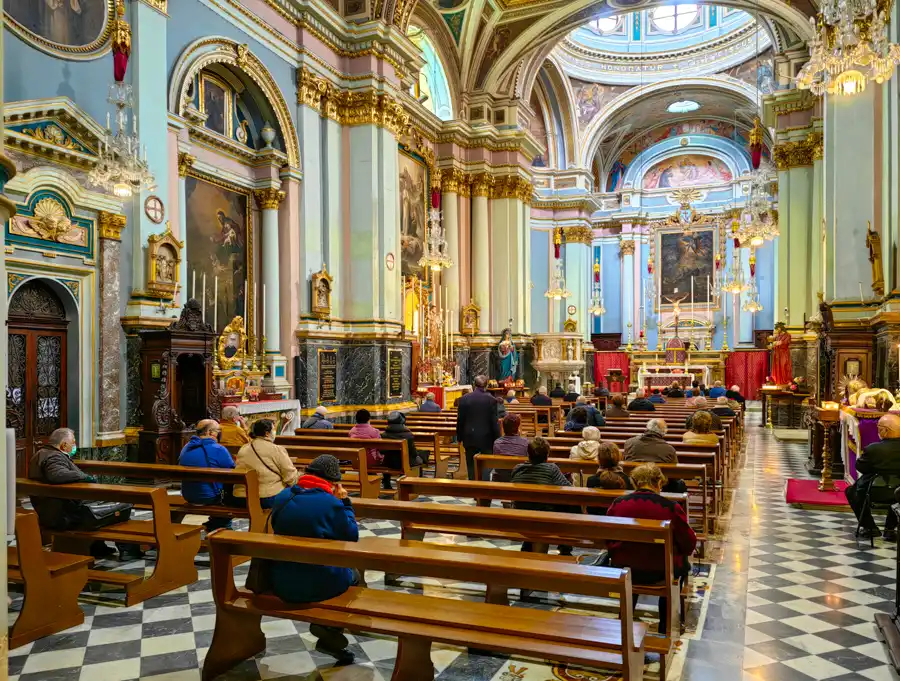
More than three hundred monuments, churches, palaces and museums make Valletta one of the most concentrated historical areas in the world. And you can feel it in the tourist crowds. Although you’re here in the low season, life pulses almost 24 hours daily.
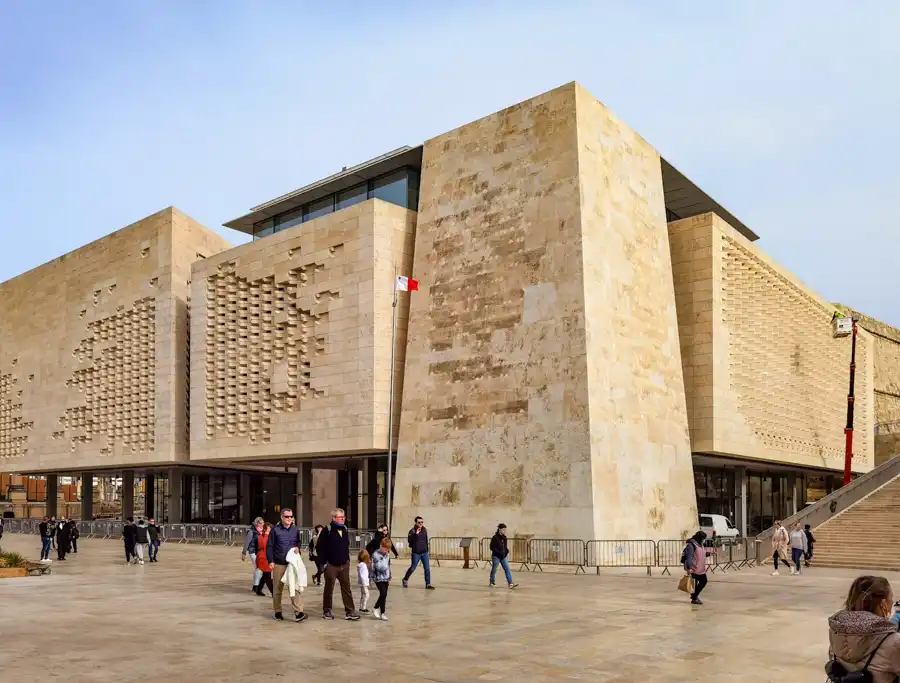
Three cities: Birgu, Bormla and Isla
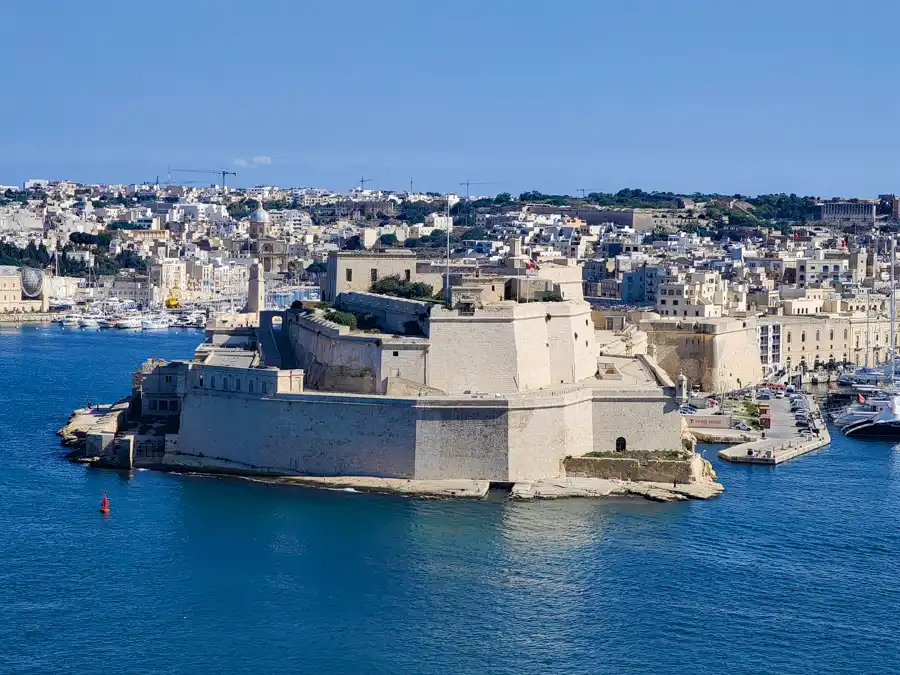
On the other side of Valletta are three outcrops, also called the Three Cities—the most historic parts of the city. Birgu was the original capital when Valletta did not yet exist. The Knights of Malta under Grand Master Jean Parisot de Valette needed a new fortified Capital.
Building Valletta on the same peninsula as Fort St. Elmo ensured a better defence of the peninsula, the two harbours and the three Knights’ towns of Birgu, Bormla and Isla.
The peninsula on which Valletta has grown separates two of the most beautiful natural harbours in the Mediterranean. Fort St Elmo controls the entrance to the surrounding harbours.
Ferry to the Three Cities
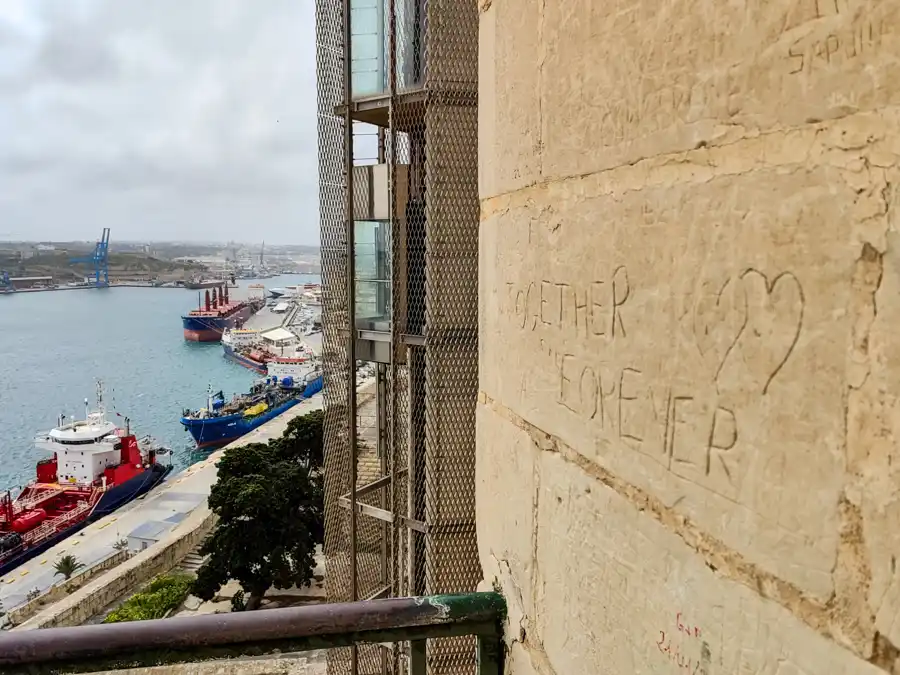
From the top one, a lift will take you to the terminal, where you can take a ferry to the historic Three Cities for €2.80.
They didn’t ferry me. It was so windy that all boat traffic stopped when I was in Valletta.
The view of the Grand Harbour from Valletta’s upper gardens is one of the most impressive views of the city in Europe.
City fortifications

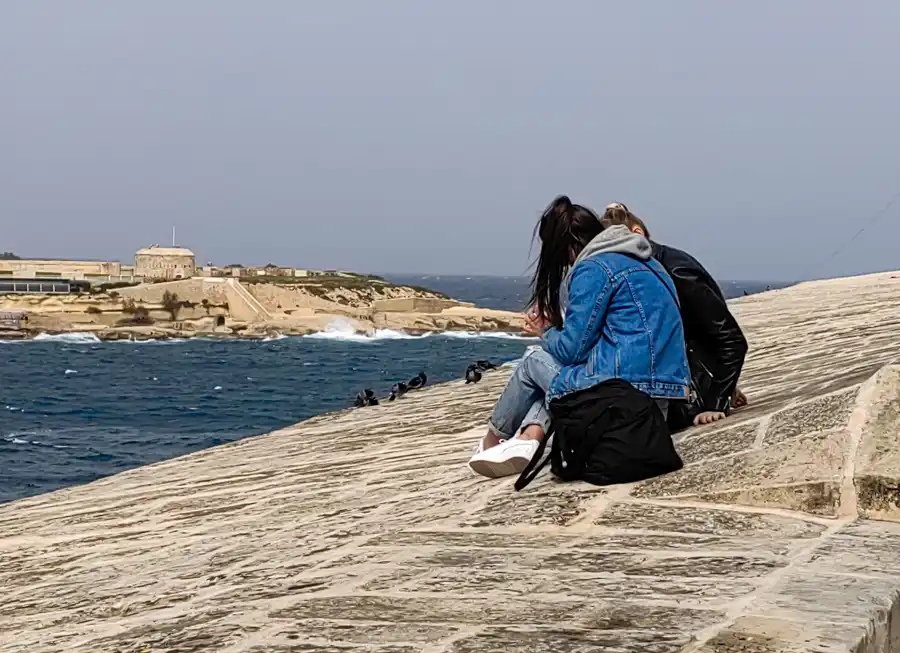
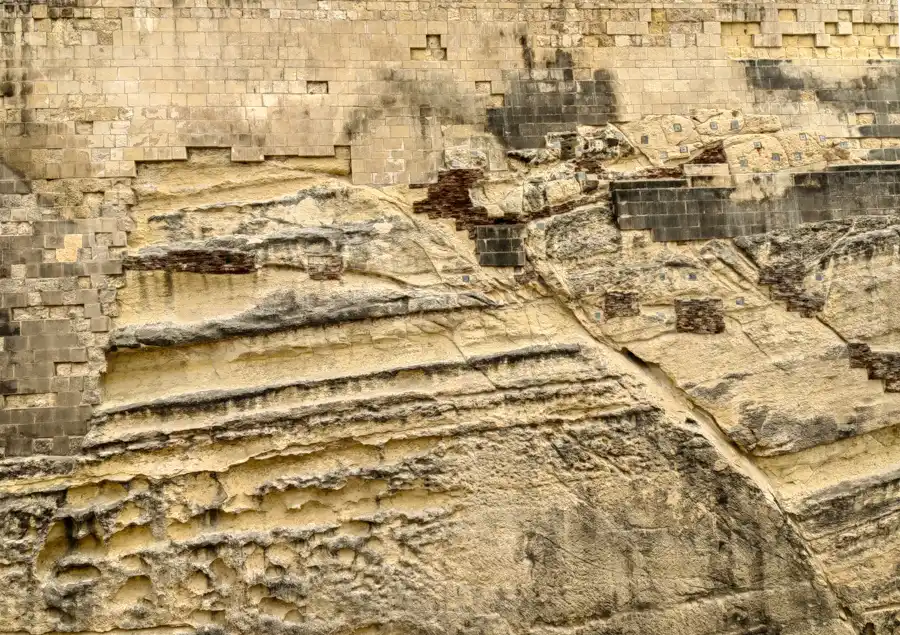
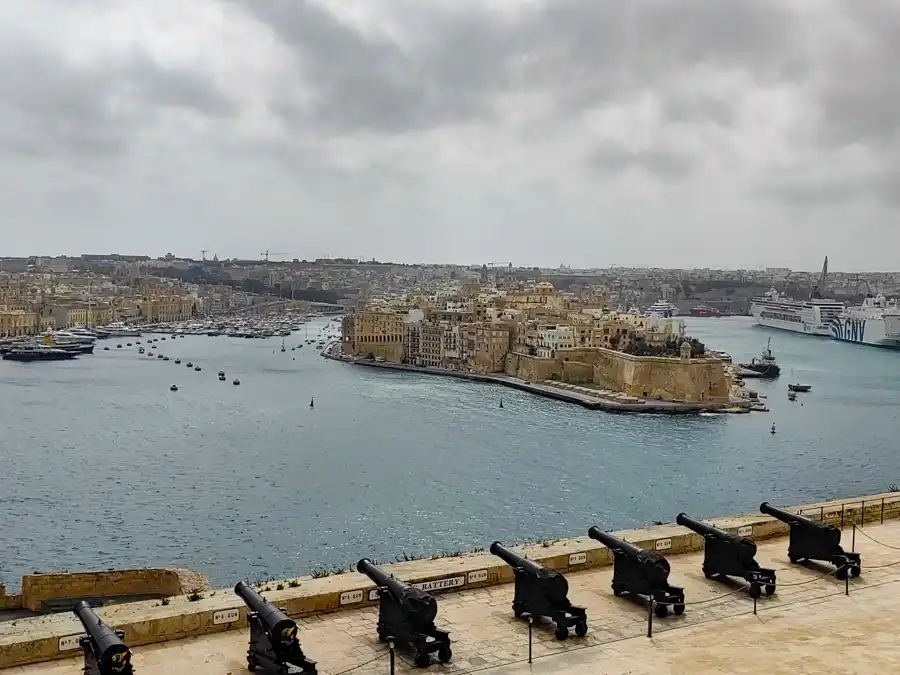
Valletta is fortified with imposing bastions and fortifications built along the water’s edge of the entire peninsula. Around the Grand Harbour with several bays, the knights also fortified the three towns of Birgu, Bormla and Isla. You could reach it by ferry from Valletta.
Barrakka gardens



Places that promise relaxation and well-being in the city are the upper and lower Barrakka Gardens. If only because it is almost the only place you can find greenery in Valletta. There is no space and no water.
But besides the greenery, you will also find crowds of tourists.
The colours of Valletta
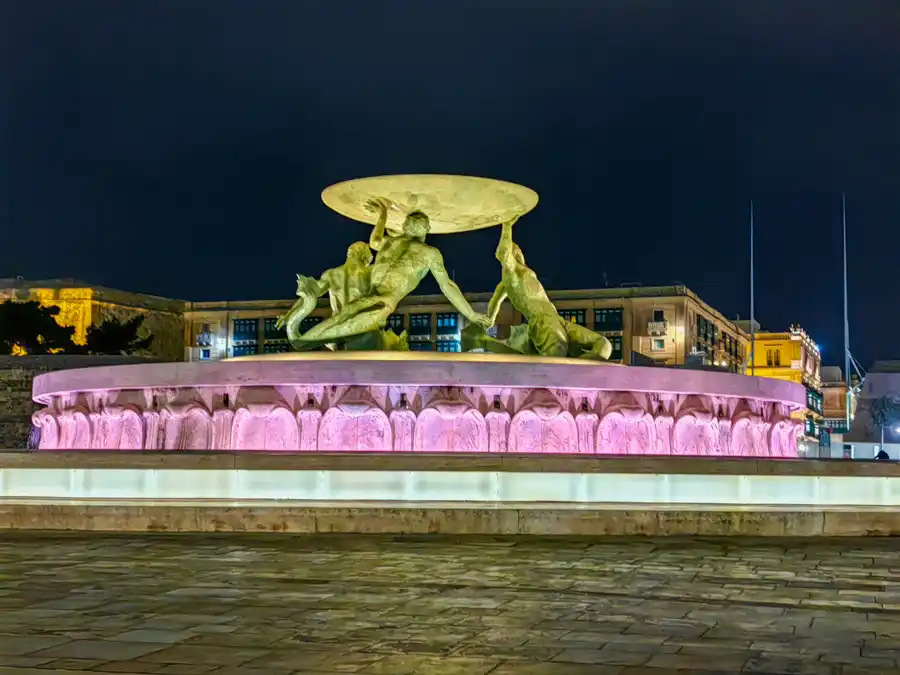
The entrance bridge is crowned by a colossal fountain next to the bus terminal. From the massive walls to the baroque architecture to the quaint sloping streets full of pubs. A feast for the photographer’s eyes.
When you see the decorative Maltese balconies with hanging laundry, the niches with statues of saints and rubbish underneath and the distinctive signs of the old shops, you want to continue taking pictures in Valletta.
Alleys, shops, stairs
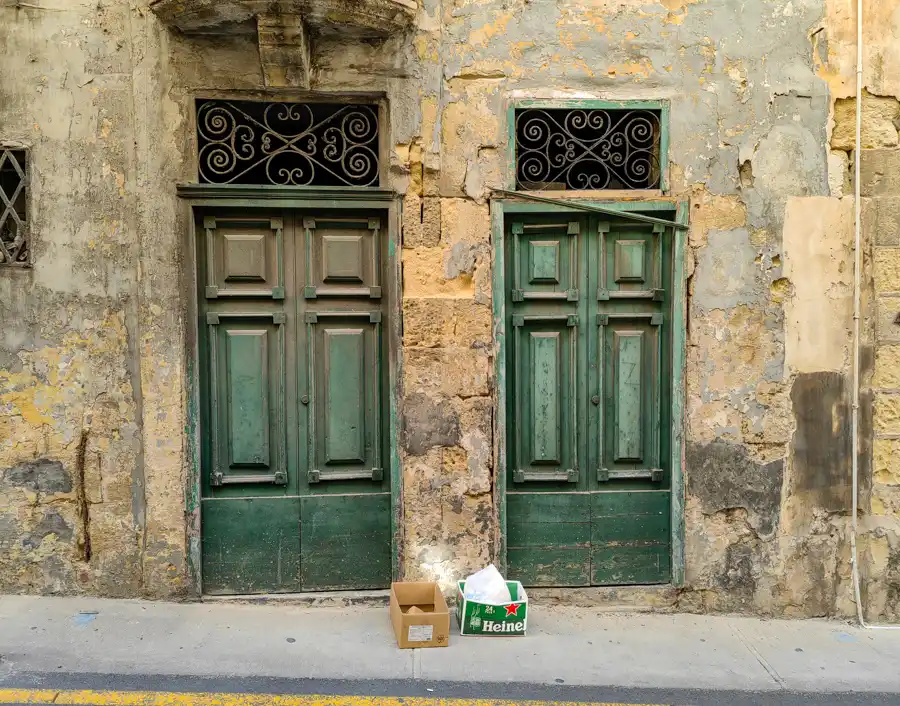


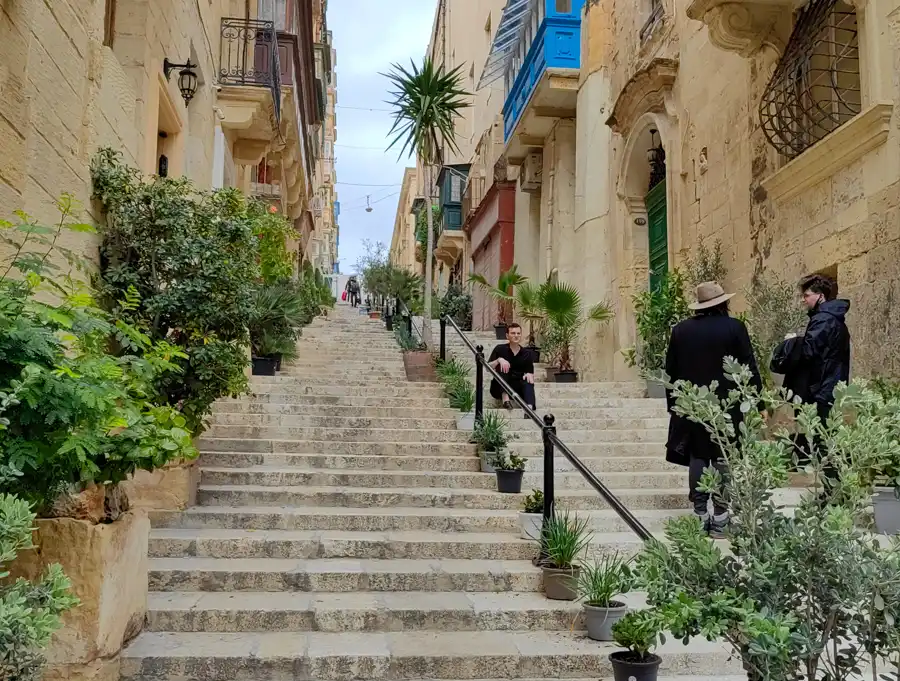
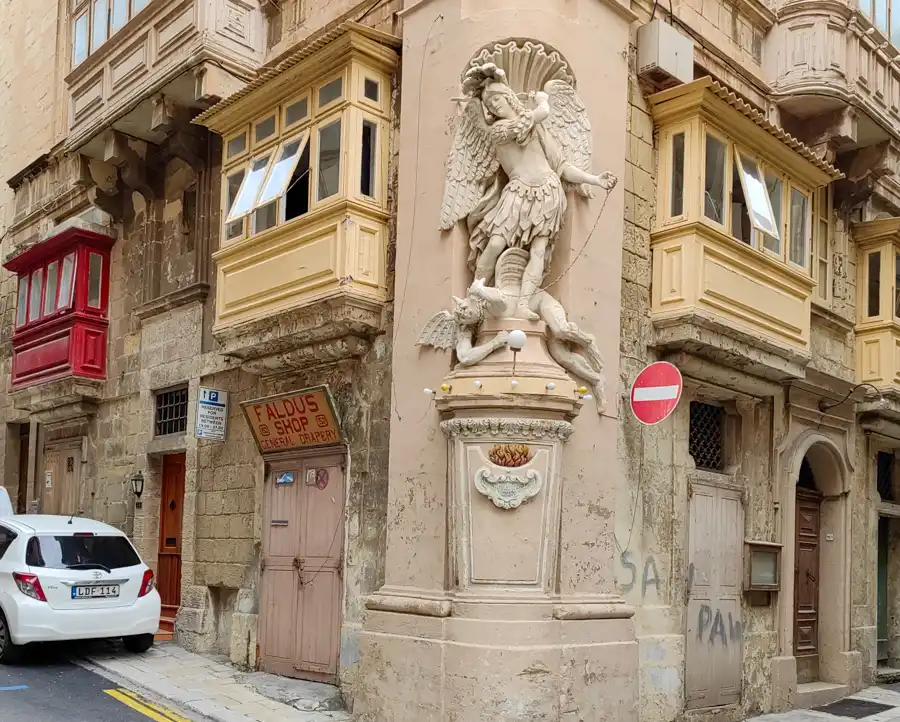
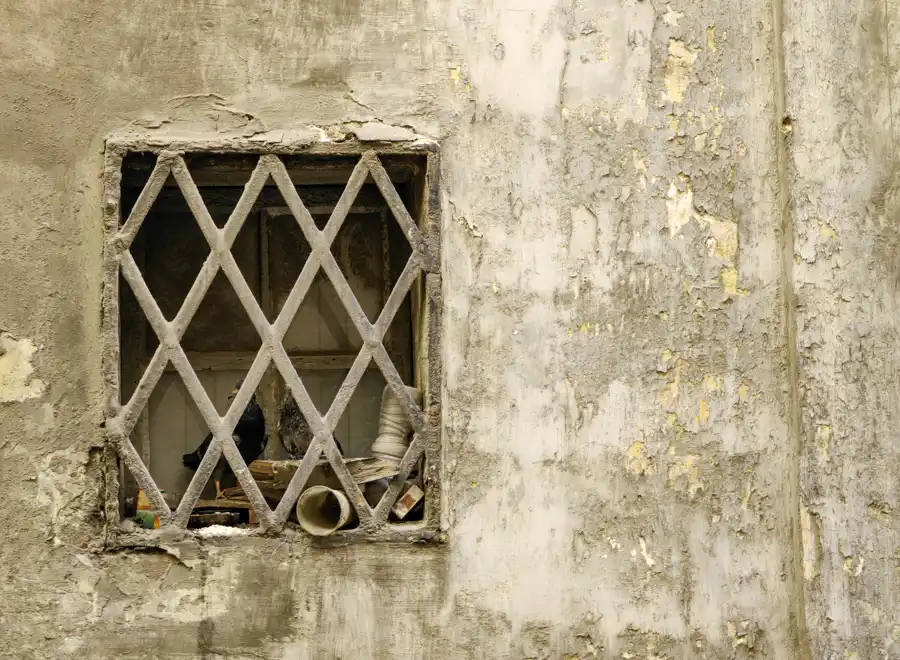

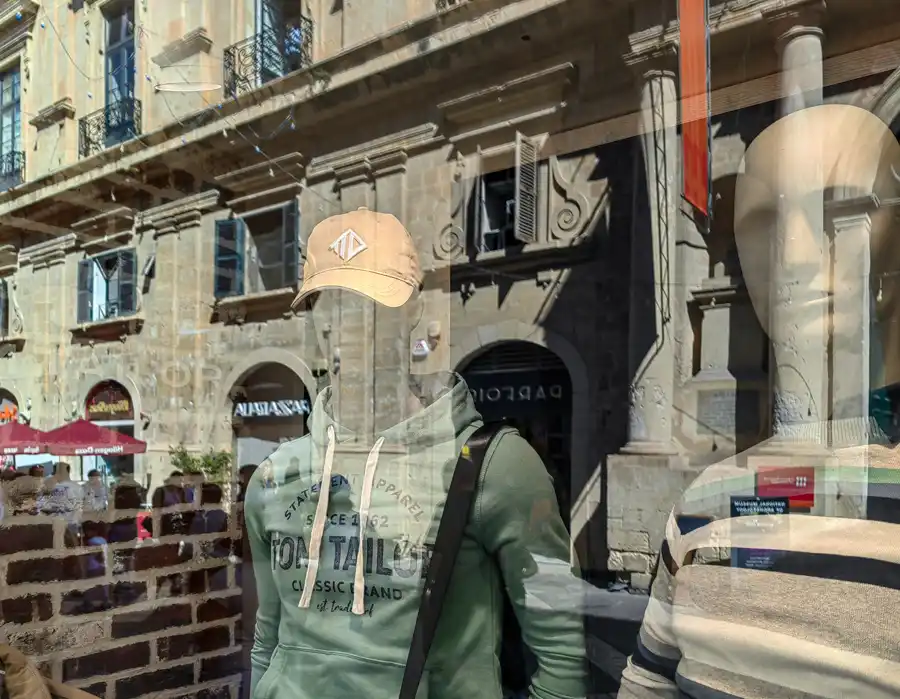
If you want to walk around the whole of Valletta, you will. The central route (the city’s commercial and business artery) is like a backbone, sloping down in perpendicular streets in each direction to the sea, 40m below city level. I recommend walking parallel streets to the main one. 🙂
Designer shops, fountains, cathedral, shops, that main thoroughfare is pretty boring like in any other city. Is the concept of a local Zara, Pandora or Gant different here than anywhere else in the mall?
I confess I fled into the side streets- nothing for me.
Barrakka Gardens
And then, you finally discover the lower and upper Barrakka Gardens. From the lower one, you get a great view of the fortress and the entrance to the docks.
Valletta cathedrals
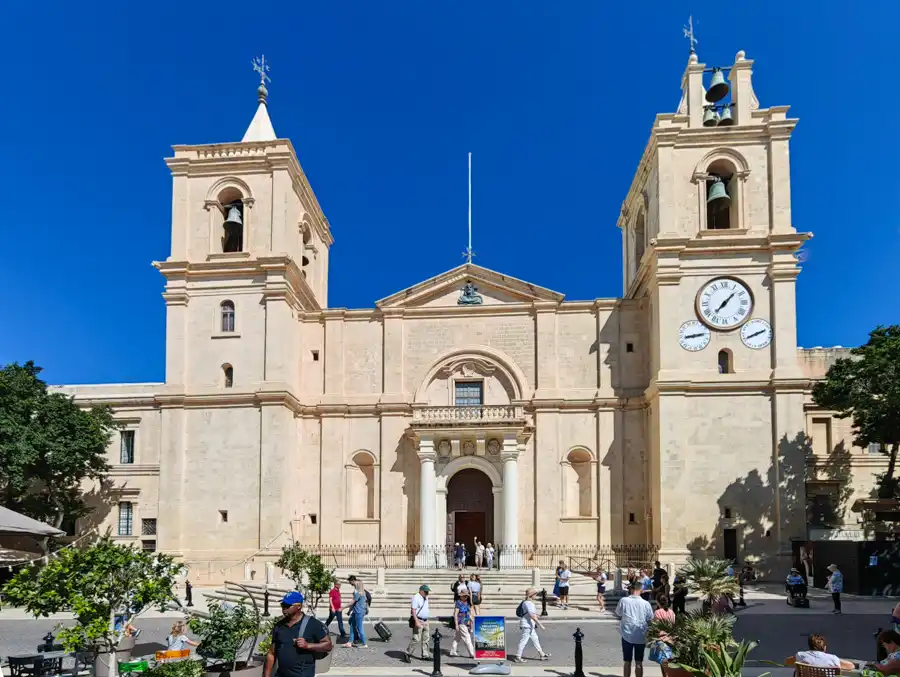
If you like Caravaggio, visit St. John’s Cathedral. The Maltese consider it one of the most important monuments in Valletta. I must admit , when I saw those queues, I preferred the atmosphere of the alleys. If you want English, visit St. Paul’s Cathedral.
Spazju Kreativ

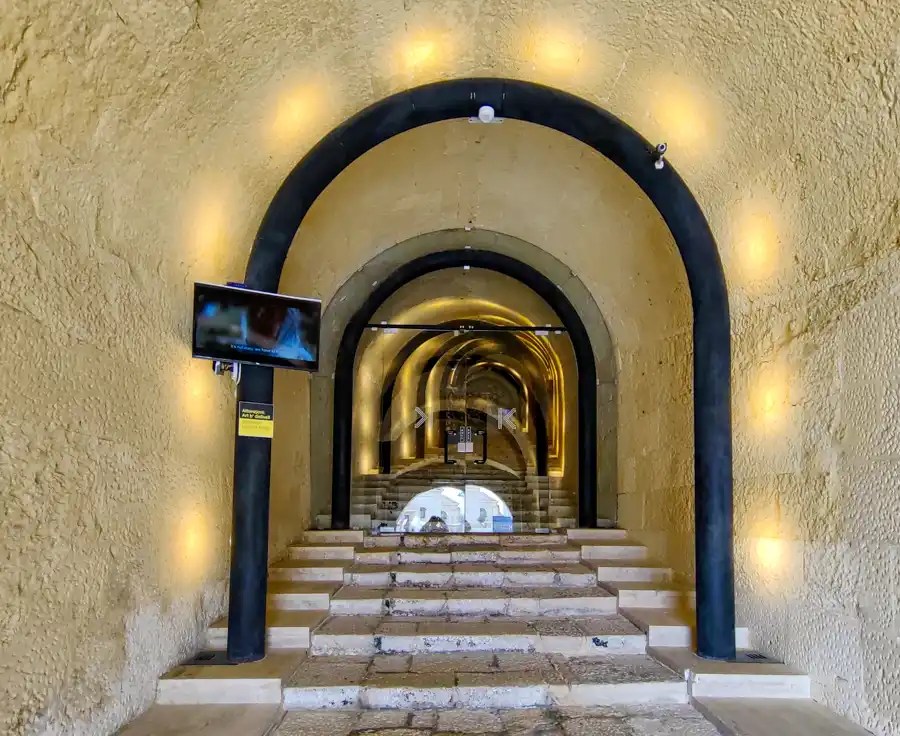

I admit I preferred an active workshop in a modern art centre. The Museum of Modern Art is in Fort St. James Cavalier. If you want to see Modern Art exhibitions, click here.
Fort St. Elmo
The National War Museum at the end of Valletta presents the city’s military and partly naval history. Valletta was besieged several times and extremely bombed by the Germans during WW2. As I viewed the city’s bombed-out photos, it struck me that perhaps similar atrocities ended WW2 80 years ago.
Unfortunately, today convinces us that egocentric psychopaths with Napoleonic tendencies to control, destroy and kill are still with us.
I was much more interested in the place under the fortress than the centre.
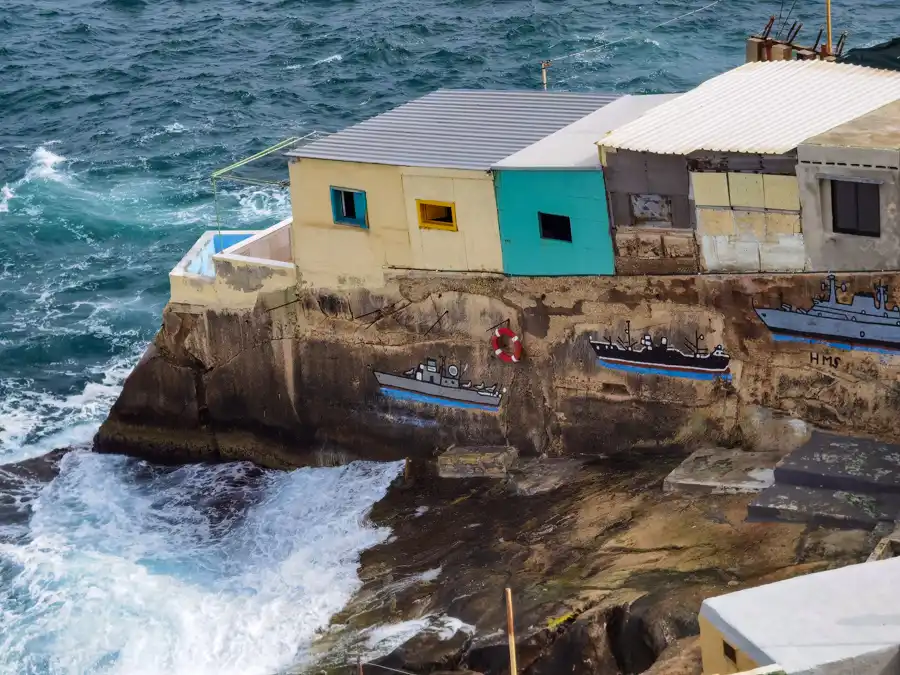


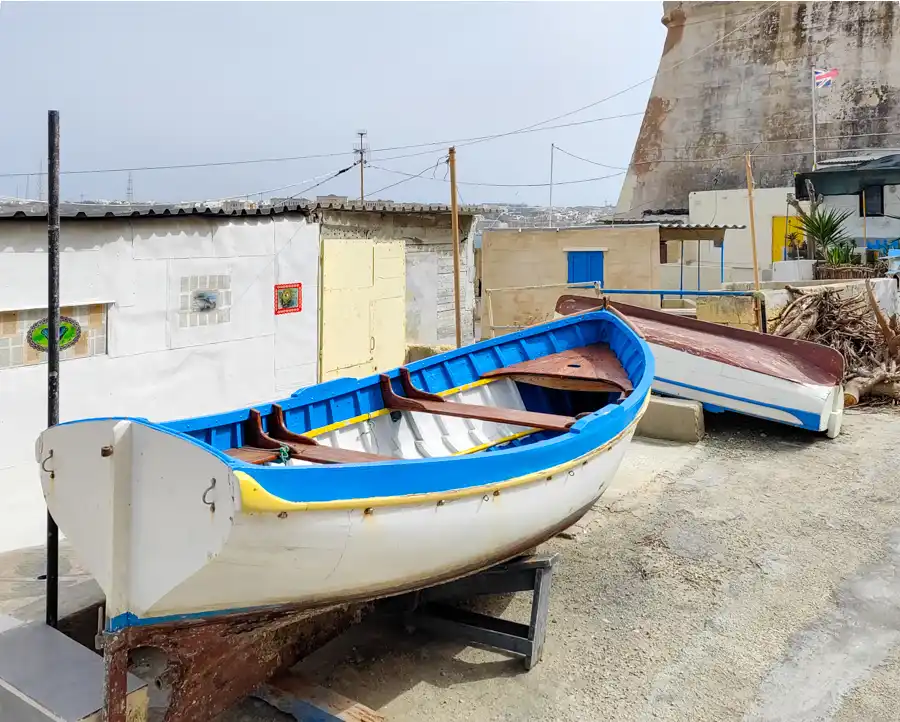


Here is the best address in the city, which at first glance breathed independence, freedom and flirtation. It is a small island for locals to escape, where it pays to hide from the crowds of tourists and commerce.
The unofficial beach and fishing village in the most exposed place of Valletta impressed me much more than the city overcrowded with crowds of tourists. And from there, there’s no other place to go but to a homey, non-touristy pub. 🙂
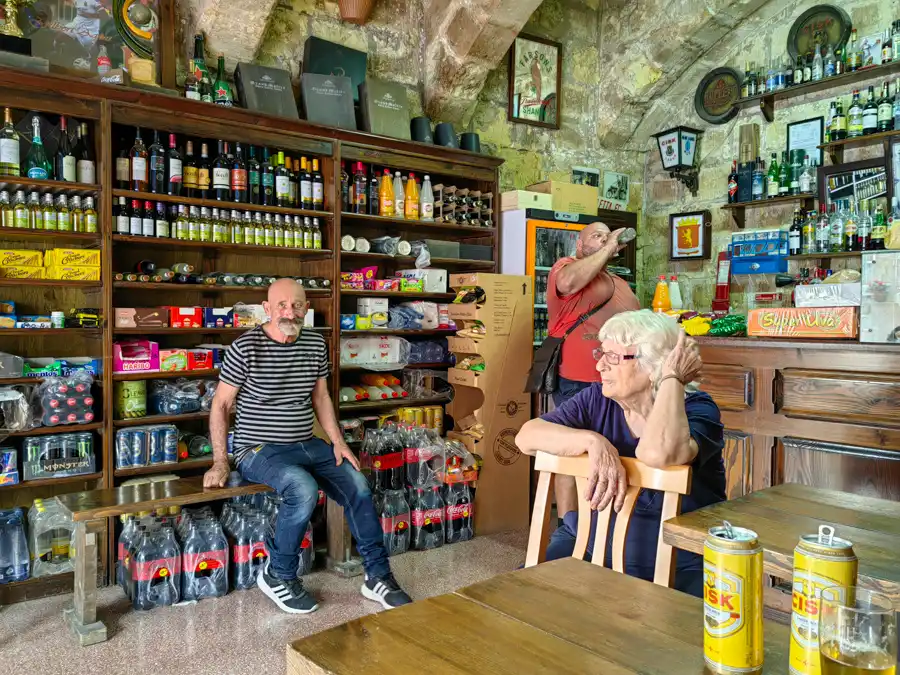
Royal Opera
Valletta was heavily bombed during World War II due to its importance and location between two ports. During this time, several important historical monuments were bombed by the Germans. Thus, the Royal Opera House, built in 1877, one of the most beautiful and iconic buildings of the city, was totally destroyed. It took a direct hit in an air raid in 1942.
Some parts of Valletta had to be completely rebuilt, as illustrated by some of the newer buildings in the Renaissance city.
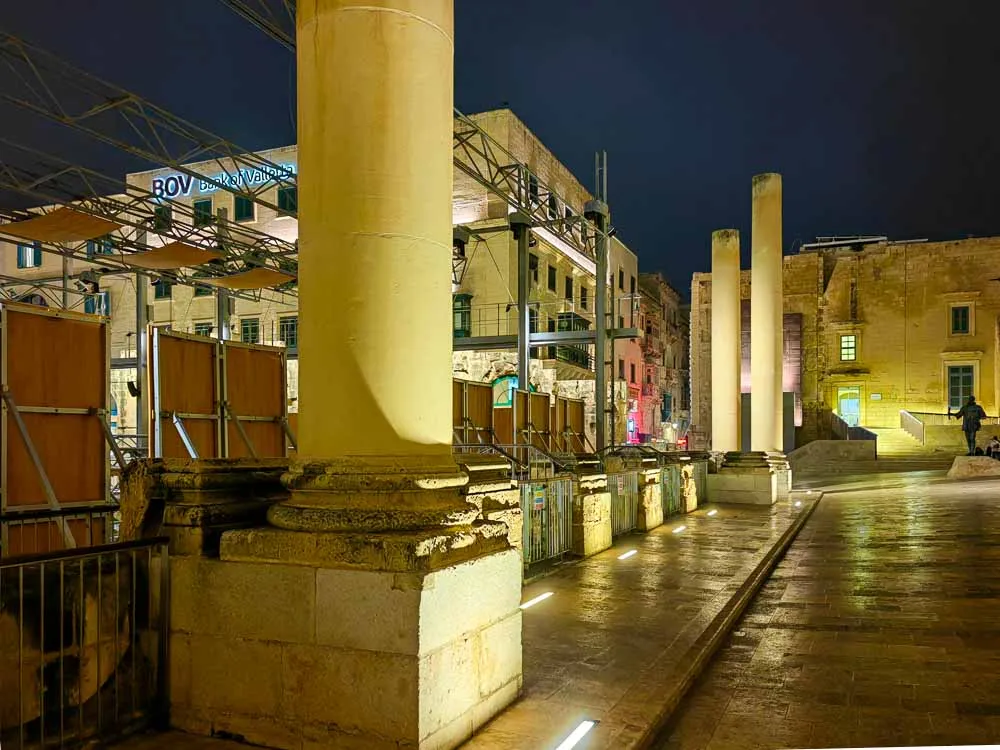
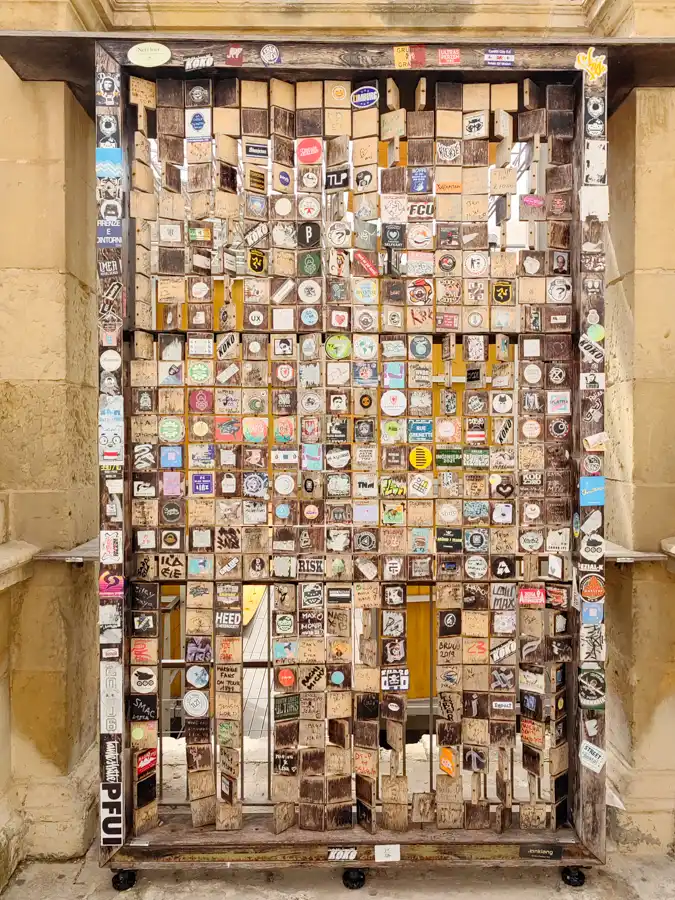
The opera reopened as an open-air theatre in 2013. There is such a place for labels. I was active, and our Hikevent restartnisa sticker is here too. Can you find it?
Sliema
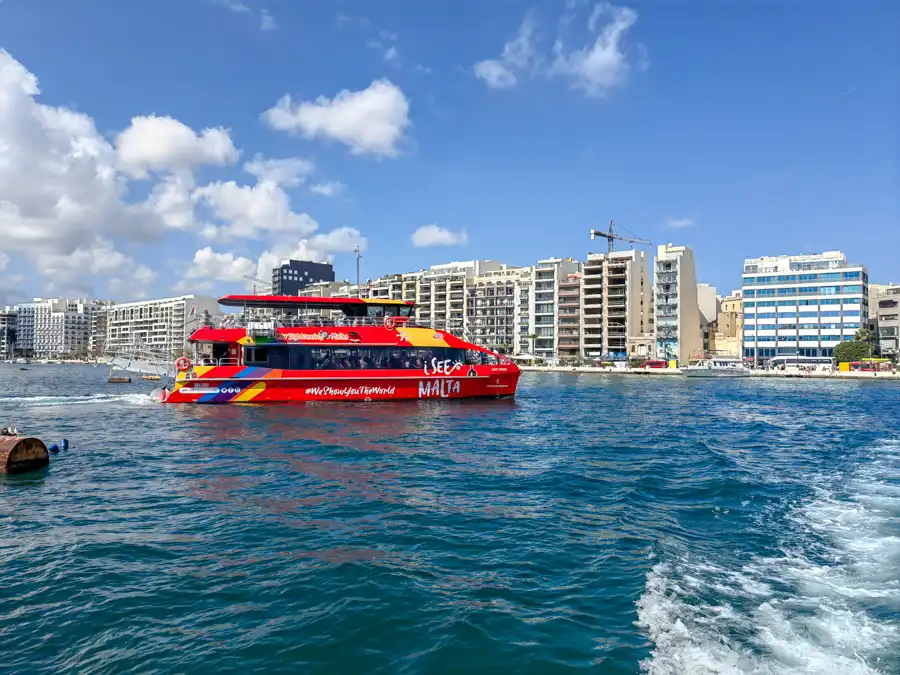
Probably the most buses and tourists I saw in Sliema. A modern neighbourhood is growing up on the edge of the cliffs. Valletta, is something to see here.

